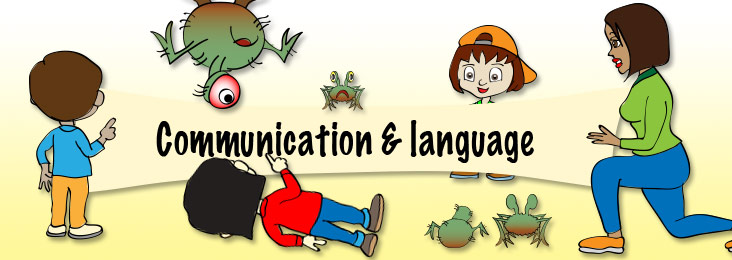Without Language and Communication there is no society. It is a fact “communication not only exists in human society, but also in the animal world. Today human machine communication is also important channel.
Communication – The act or process of transferring information to other people or living beings
Linguistic communication serves not only serves the exchange of information, but also transfer, exchange of thoughts, emotions and facts.
Verbal or non verbal communication:
In human society, communication can be carried out both verbal and non-verbal means. Verbal communication is a basic human and universal means of communication. Verbal means which can be applied to both oral and written varieties of the language. Naturally, People most people communicate in their natural language. So it is the main language of every native speaker and exchange of information with words.
Non-verbal communication
It is simply exchanging of information without words, for example: gestures, facial expressions, crying, smiling, and different alarm and sign systems.
Process of communication:
As we know communication has influenced every sector of our life. We live in the world of information. We understand every time information process, for example, storing, receiving, accumulating, listening, speaking, and transmitting information with each other. It is just like common sense where one can understand each other. This is a communication system where messages are being taken.
“For example, I have given you a message that tomorrow, heavy rain is possible, and you may take an umbrella from home to university.
The concept of information consists of following information process
| Sender of the message —-> Message —-> recipient of the message |
The process of transmission from a message to the signal is called coding. The transition process from the signal to the message is called decoding. The transmitted messages are not necessarily related to real-life situations. They can refer to the past and the future, and to the fictional situations. These messages can contain images of poetic, philosophical arguments, scientific ideas, technical instructions, weather prediction, religious beliefs, etc.
In communicating with each other a person can use different communication channels: It may be vocal, direct, in face-to-face or indirectly, and involving many visual signals such as: call in class, street lights, telephone, radio, television, the Internet, with its email, newsgroups, video conferencing and so on.
Today multimedia communication has become a common multi-channel communication (cinema, television, the Internet, computer games).
Everyone Must Know the Role of Language and communication in society
The dominant role in human communication belongs to the speech communication, because it is based on the use of vocal and auditory communication channel. In the history of mankind, there are two forms of existence of the language. This is oral and written communication.
Difference between human and animal communication:
- Community of animals is qualitatively different from human. Human communication is the verbal channel. Sounds of animals apply only to the current situation.
- “Languages” animals vary from species to species, within the same species all the individuals within the boundaries of their “language” to understand each other. So, if a dog wags its tail, raises or lowers it, other dogs understand what is meant, and react accordingly.
All the higher animals learn whatever skill they inherited from their parents; however, during adulthood animal gains experience that benefits him personally.
When a cat wants to tell the small kitty about fear of fire. It cannot explain the kitty a danger of fire, but only shows it as an example – portraying fear with specific movements or signals. If the cat, kitten, and the fire did not come together in one place at one time, such training does not take place. Therefore, kitten, brought up in an environment where there was no fire, do not learn the lesson until it does not face directly. So the kittens have to absorb that lesson again.
Human children have no complex procedure. Such training is repeated from generation to generation. Language allows us to express the words of the children of our experience. We can transfer our experience to those whom we have never met, and perhaps to those who will live in the distant future.
Morphological characteristics of a person are connected. Nonverbal gestures are different in different human cultures. The value of the motor and visual communication is limited. One can understand the color signals of animals (for example, black and yellow coloring bees

